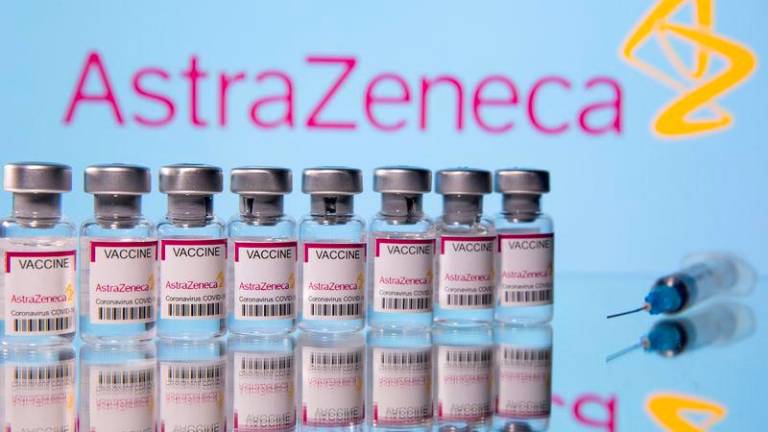WITH an almost inordinate push worldwide to adopt and use the latest innovations, wireless technology concerns have become, or should be, the subject of much attention.
The recent announcement by the Education Ministry that Basic Computer Science along with Design and Technology will be introduced in the Form Three Assessment (PT3) this year is certainly welcome. It is an important niche in the pathway to the 21st Century knowledge economy.
Especially, the need to encourage and facilitate more young people to study and gain access to occupations in the science, technology, engineering and maths (STEM) field cannot be over emphasised.
At the same time, the public should be made aware of research findings that unlimited access and indiscriminate exposure to wireless technology can be biologically harmful. Digital addictions and physical illnesses from wireless radiation exposure are becoming prominent with little understanding or education for users about how their technology could be affecting them.
It is this lack of education and information for users on the shadow side of wireless technology that should be of concern to all policymakers, administrators, educationists and the public.
We need to be cognizant of the increased health risks and how it is sociologically impacting children’s development and behaviour. And, we need to be equally wary of the business ethics behind the wireless revolution and its ubiquitous use in schools, at work and at home.
Leading world experts in health and wireless radiation are drawing public attention to how microwave radiation from cell towers, cell phones, wireless routers, electronic tablets, utility “smart” meters, baby monitors, gaming devices, wearables and more can damage our health and environment.
A case in point is “5G”, the latest generation of cellular mobile communications. “Touted” as its performance targets high data rate, reduced latency, energy saving, cost reduction, higher system capacity and massive device connectivity – all of which are possibly true, one has almost no reason to doubt this claim.
But on the flip side, there is little information – at least not widely known or readily accessible – on what impact the use of this specific technology has on people’s overall health and wellbeing.
There is researched and reliable information, for instance, on how microwave radiation from wireless technology hits our central nervous system, the immune system and our reproductive systems especially hard. This technology can also disrupt our circadian rhythm (our sleep/wake cycle). And, long-term concerns include DNA mutations, cancers, infertility, autism, Alzheimer’s and more.
All this is not to scare, discourage or deviate from the immense benefits to be gained from, indeed the necessity of, becoming familiar with and using modern technology. Rather it is to caution all concerned to act with discretion and deliberation, be aware of and take the necessary precautions against the negative impacts on society, especially the younger generation, of such devices and their use.
Rueben Dudley
Petaling Jaya










